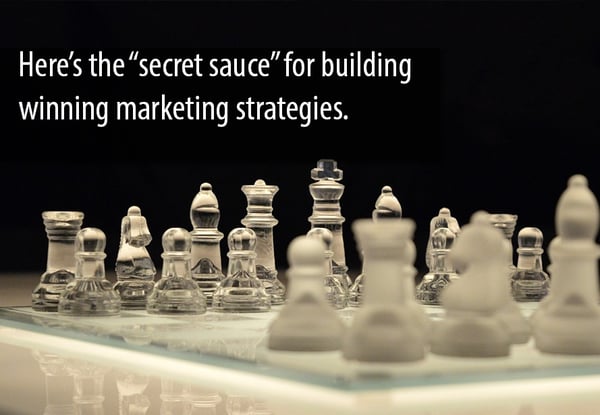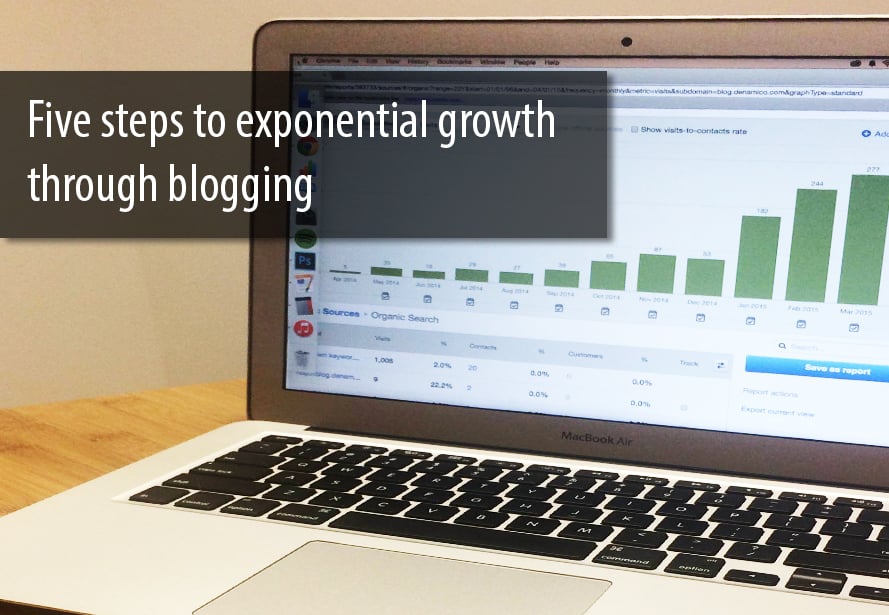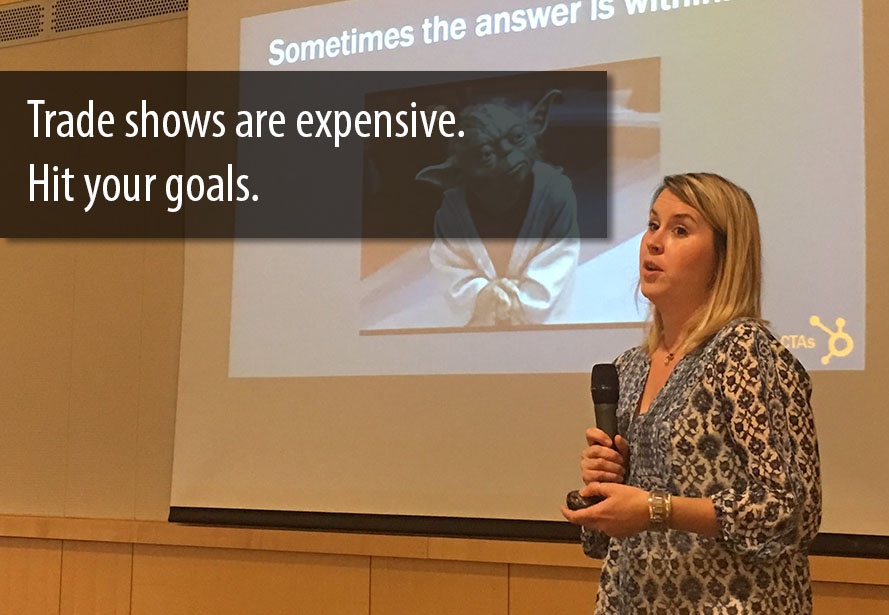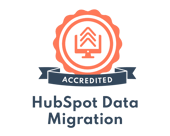Agency Secrets: Our Marketing Strategy Development Process Revealed

A stellar marketing strategy is one of the key ingredients to success. But knowing you need a great strategy and actually building that strategy are two entirely different animals.
At Denamico, we’re no strangers to building inbound marketing strategies. In fact, every one of our inbound marketing retainers begins with its own strategy project. We also develop marketing strategies as a stand-alone service.
And now, we’re going to share the “secret sauce” behind our agency process for building winning marketing strategies.
In this two-part blog series, we’ll reveal a step-by-step look at our marketing strategy development process:
- STEP ONE: Define the Destination (business objectives, marketing goals and objectives)
- STEP TWO: Brand Promise and Landscape
- STEP THREE: Target Audience and Priority Personas
- STEP FOUR: Content Matrix
- STEP FIVE: Channel and Platform Mix
- STEP SIX: Campaign Plan, including keyword research
Without further ado, let’s jump into steps one through three...
STEP ONE: Define the Destination
Business Objectives
Our marketing strategies begin by clearly defining the priority business objectives. For instance, big-picture business objectives could include any of the following: increase gross sales by X dollars; achieve Y% change in number of sales vs last year; launch a new product.
We’ve found that it’s beneficial to focus on the top two or three most important business objectives. If you can’t narrow business objectives down to the top three, then the marketing strategy is at risk of becoming too large and unwieldy.
We also examine and prioritize the strongest potential sources for business growth. For example, we could focus on growing the customer base by reaching a new, untapped audience. Or, the business could focus on acquiring customers from the competition. And still yet, business growth could come from greater customer retention and upselling.
Marketing Goals
The next stage is to develop develop SMART marketing goals that are in direct alignment with the prioritized business objectives. Because our work leverages the inbound marketing framework, we commonly use goals such as:
- Attract (site visitors). SMART Goal Example: Achieve 4,900 monthly website visits by [date].
- Convert (visitors to leads). SMART Goal Example: Generate 150 leads per month by [date].
- Close (leads to sales). SMART Goal Example: Close 15 new sales per month from inbound leads by [date].
Marketing Objectives
After top-level marketing goals are in place, it’s time to identify specific marketing objectives that help give clear direction for marketing tactics. For instance, if one of your defined marketing goals is to close X number of sales, then the associated marketing objective may look something like this:
Nurture existing leads to sales-readiness by using high-quality, personalized content across multiple channels. Measurable success indicators include:
- Site traffic, percent repeat visits
- Re-conversions
- Open rates
- Click-through rates
- Other social engagement, as applicable (likes, shares, retweets, etc)
Tip: Organize your business objectives, marketing goals and objectives using a chart or spreadsheet.
Here’s a screenshot of the chart we use to document business-aligned marketing goals and objectives:

STEP TWO: Brand Promise & Landscape
During this next step of the strategy development process, we dig deep to examine the business’s brand promise and unique offering. Some of the questions we may ask to get at the heart of the brand can include the following:
- What is your brand history/origin?
- What product/service do you offer?
- What benefit do you offer?
- What makes your brand unique?
- What does your brand stand for and aspire to?
- What’s your brand personality?
We’ll also examine the business’s internal and competitive landscape to assess…
- The biggest barriers to reaching priority business goals.
- Biggest strengths helping the business reach its destination.
- Current and/or prospective competitors.
- Current and/or prospective allies.
STEP THREE: Target Audiences and Priority Personas
Once we’ve covered the major business-centric groundwork of developing business/marketing goals and defining brand promise, we are ready to move on to a more buyer-centric focus. During this step, we develop deep audience insights.
One of the most effective tools for defining target audiences is a buyer persona. A buyer persona is an in-depth representation of a business’s ideal customer.
A buyer persona digs deep to illuminate how a business’s product or service is fulfilling the persona’s need or solves their problem. It also provides the foundation for addressing why that persona should choose your business.
Depending upon the business, there are a variety of tactics we may use to build this in-depth buyer persona, such as:
- Discovery meetings with business leaders, marketers and sales staff.
- Interviews with buyers.
- Insights gleaned from a business’s existing data on buyers.
- Market research and open data, including social data.
After we’ve conducted the persona research, we package our findings and insights into comprehensive, multi-page persona profiles. The final asset is much like the buyer persona template we have here.
Stay tuned! In the follow-up marketing strategy blog post, we’ll cover:
- STEP FOUR: Content Matrix
- STEP FIVE: Channel and Platform Mix
- STEP SIX: Campaign Plan, including keyword research
In the meantime, if you have questions about your own marketing strategy, feel free to reach out to us! We love to talk marketing strategy. But more importantly, we’re great listeners.
Share this
You May Also Like
These Related Stories

How We Tripled Site Traffic in One Year (& How You Can Too...)

4 Steps to Trade Show Success


/Accreditations/CRM-Implementation-Accredited-Badges.png?width=170&height=138&name=CRM-Implementation-Accredited-Badges.png)
/Accreditations/Onboarding-Accredited-Badges.png?width=170&height=137&name=Onboarding-Accredited-Badges.png)
/Accreditations/Custom-Integration-Accredited-Badges.png?width=170&height=137&name=Custom-Integration-Accredited-Badges.png)

